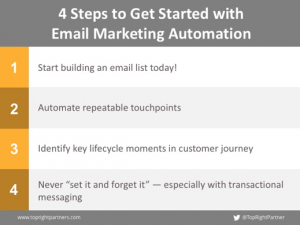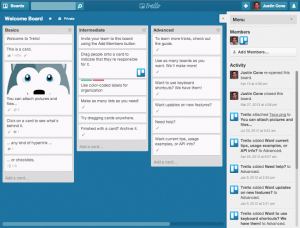
Pay per click advertising, or PPC, can be an integral part of any company’s marketing plan, if it’s done well. PPC is a form of advertising where you pay each time a person clicks your ad. A customer searches a query and your ad attracts their attention, generating a click through to your website. When done correctly, it’s a cost effective and targeted method of online marketing.

But what makes up a PPC ad? They can be broken into five parts:
- Headline
- Description
- Display URL
- Destination URL
- Ad extensions
1. Headline
Headlines are linked text at the top of the ad. It usually uses the keyword, like in our example with ‘Backpacking Boots,’ and grab attention of the reader. You have 25 characters in your headline; use it wisely. For generic keywords like our boots, make it descriptive. If you’re targeting a specific brand – like Oboz or Ecco – don’t forget to include the brand name in the headline.
2. Description
In the description, tell your customers more about what they’re going to view, and give them a value proposition. Both ads above say I’ll save money. The first specifies “Big Savings” and “Free Shipping on Qualified Orders.” That’s helpful, but leaves me wondering just how much savings and what will qualify my order. The second option is stronger. I can save “up to 70%” and items are on clearance.
Both ads will probably result in similarly priced boots, but it’s about the perceived value to the customer. For some, free shipping is a motivator. For others, clearance prices work better. A/B test your descriptions to see which will perform best.
Descriptions are usually two lines long, each a maximum of 35 characters long.
3. Display URL
The display URL is simply the URL customers see associated with your ad. This isn’t the exact link the ad leads to, but does give the searcher an idea of what to expect. A good example for ABC Hiking Company would be:
www.ABCHiking.com/Shoes or www.ABCHiking.com/Boots
4. Destination URL
This is the actual URL that your search ad links to. It’ll probably be long and have tracking codes. Customers don’t see it, but it directs them to the page they’re looking for.
Why the two URLs? The display URL is clean and short for the actual ad. This one helps you identify which ads are bringing traffic to specific pages on your website.
5. Ad Extensions
Ad extensions allow you to display more information in your ad. They can increase your CTR and boost your conversion rates, but aren’t used as often as they could be. Since they literally extend the size of your ad, you’ll stand out more by taking up more real estate on the results page. Some popular ad extensions include:
- Seller rating
- Product image
- Sitelinks
- Location
- Click to call
- Google+
Here’s an example from Walmart, who uses five of 11 available ad extensions.

Paid search ads can be tremendously beneficial to businesses big and small, so long as you optimize them correctly.
(260)







